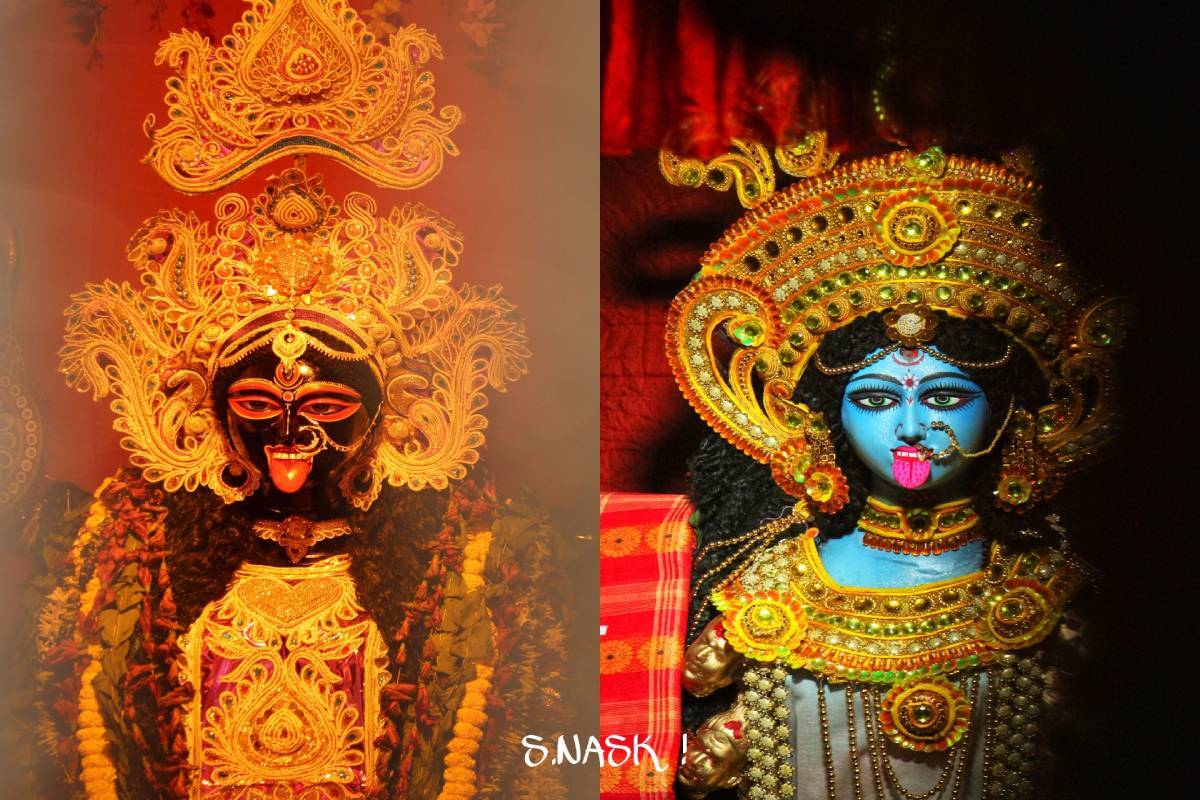Two centuries-old Kali Pujas in Durgapur still bear memories of rebel poet Kazi Nazrul Islam, where he’d taken active part in pujas in one and on the other, performed Leto song, a self-composed Shyama Sangeet and melody on a flute.
At Khandra in Andal block, Kazi, then just 15, first appeared as a Leto song performer. Leto is a medieval form of mystic folk art, existing in this part of South Bengal in which two groups play as contestants engaged in instant lyrical duel.
Advertisement
Nazrul, in 1914 had first appeared in the Kali Puja function at Khandra. The Kali Puja is still organised and patronised by the influential Sarkar family of the village that itself in the beginning of 18th century didn’t have faith in worshipping the Goddess Shakti as a divine power and remained as a believer of Vishnu till 1790. The family had installed a Radha Madhav temple in the village in 1721 that still exists.
A kapalika (diehard devotee of non-Puranic form of Shaivism) accompanying a pair of Brahmasheela (symbolic stone representing infinity) suddenly settled briefly at Khandra village in 1790 and faced stiff resistance from the Sarkar family. The kapalika, despite the strong opposition, planted one of the ‘divine stones’ under a mango tree. “Finally, he’d to vacate the place and he moved towards Garh jungle in Kanksa where he’d planted the other stone,” said Amitabha Sarkar, a successor of the family, a tax-lawyer by profession.
He added, “But, after the departure of the kapalika, one of my ancestors, Loknath Sarkar had a swapnadesh (dream) that the goddess of power wanted her temple to be installed in the village.”
In 1800, Loknath erected a small temple surrounding that piece of stone planted by the kapalika and that ancient stone still represents goddess Kali at the now-refurbished temple.
Arunabha Sarkar, a retired colliery employee and another member of the family, said, “Kazi Nazrul was a teenager when he’d first performed Leto here and he’d played his flute in the cultural function during the pujas that my father Shatadal had noted in the family note.” Shekhar Adhikari, a retired agriculture department staff, added, “Later, Nazrul also performed Shyama Sangeet composed by him here.”









